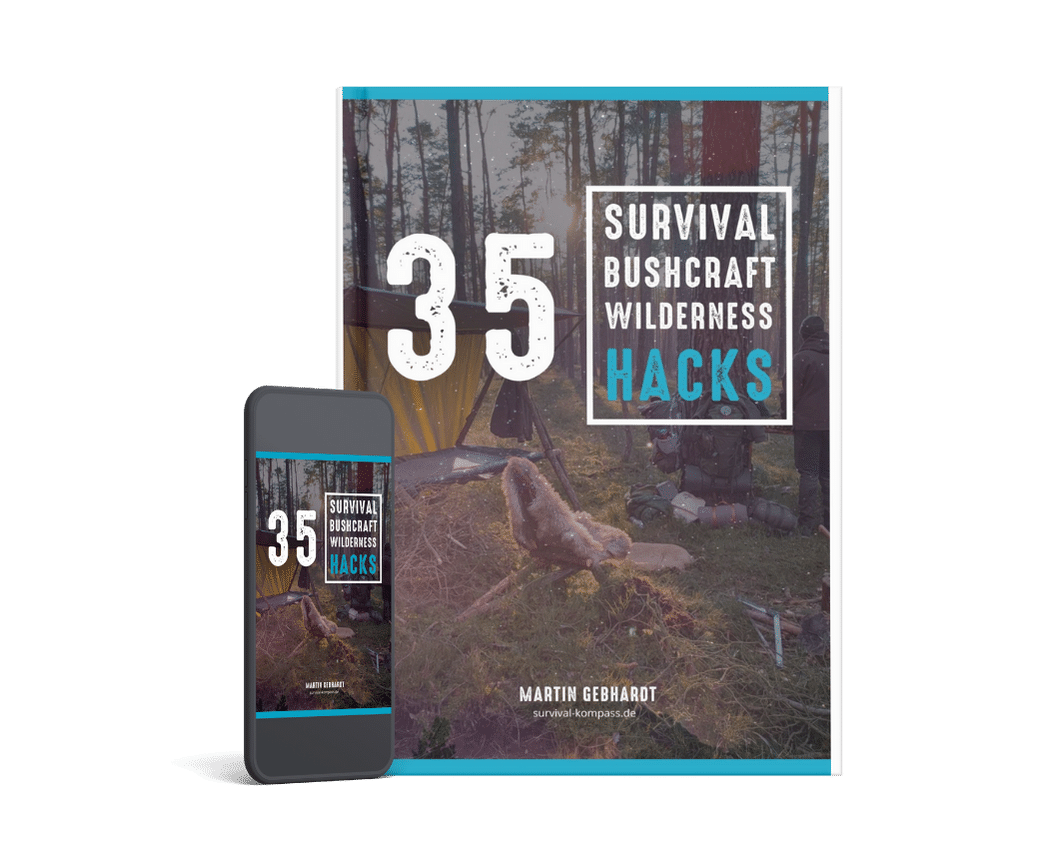
Burnout Prevention for Educators: When the Forest Becomes Your Most Important Colleague
👉 The key facts from this guide
- As a dedicated educator, you risk quietly burning out because you are constantly there for others, losing the connection to yourself in the process.
- The forest is a unique place with no expectations, where you are allowed to just be, without having to achieve anything – this is incredibly healing!
- It is scientifically proven: In the forest, your stress level drops, your body calms down, and your thoughts become clearer as you remember yourself as part of nature.
- True nature connection doesn't come from instructing, but from your own being. Only when you are nourished yourself can you authentically pass on this connection.
- Ignore the voice that says you don't have time – even five minutes in nature are an important act of self-care and a small step out of autopilot.
- Start simply with the "Five-Minute Sit Spot" to ground yourself or the "Pocket Collection" to rediscover the small wonders and train your mindfulness.
You close the door behind you, and with the silence comes the exhaustion.
A long day. One of those days when you gave your all again.
But those who constantly burn for others will eventually burn out.
What if the most effective prevention isn't a seminar, but a simple step outside your own front door?
The Quiet Hollowing Out: Why Dedicated Educators Are Particularly at Risk
Burnout doesn't come with a loud bang. It's not a sudden event that knocks you off your feet. It's a quiet process. Like water hollowing out a stone over years. You feel it as:
-
A fatigue that no longer subsides, even after the weekend.
-
A quiet irritability that feels foreign because it doesn't suit you.
-
The feeling of just functioning while your own aliveness grows quieter and quieter.
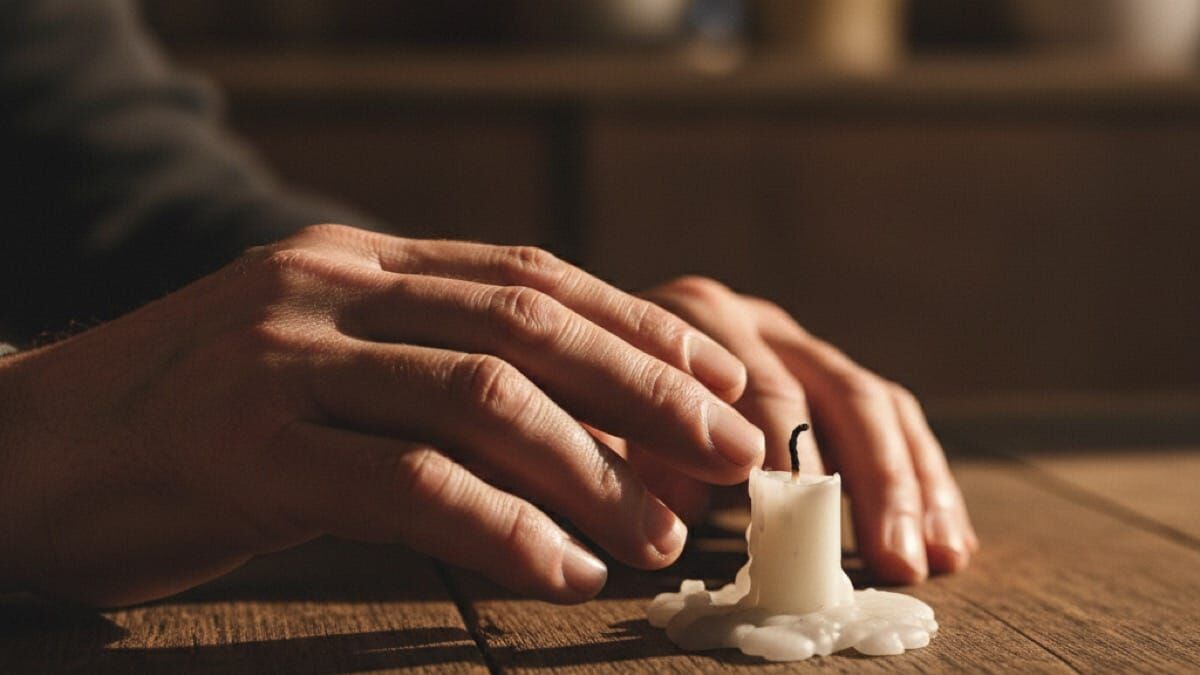
The reason for this often lies in your greatest strength: your dedication. You are a rock in the surf, a mediator, a generator of ideas, a comforter of souls. You hold spaces, sense tensions, and absorb the feelings of twenty children.
But this constant focus on the outside comes at a price: You lose the connection to the inside. To yourself.
The Healing Counterpart: Why the Forest Wants Nothing From You
Imagine a place where you don't have to achieve anything. Where no one expects an answer, no one needs a plan, and you don't have to take a stance.
When you stand among the trees, that's exactly what happens. The world suddenly wants nothing from you.
You are allowed to just be there. Like the tree. The wind. The crow on the branch. This simple existence, without purpose or function, is often the most unfamiliar thing for us educators – and at the same time, what heals us most deeply.
In nature, you can let yourself go without anything breaking.
You can be empty without feeling guilty.
You can become quiet – and realize that this is precisely how you become whole again.
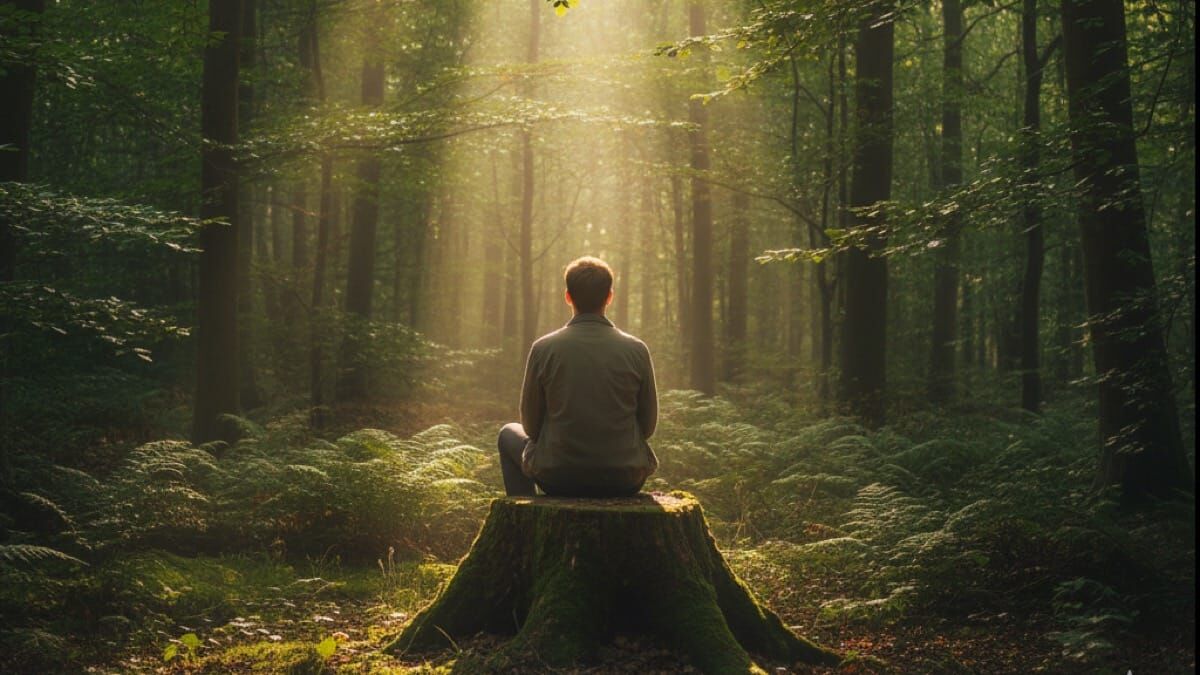
The forest is the ultimate space without expectations.
It is an invitation to step out of the role of the giver and to receive again yourself.
More Than Just a Feeling: What Really Happens to You in the Forest
What you feel intuitively, science is only just beginning to understand. Spending time in the forest is not esoteric hocus-pocus.
It has a provable regenerating effect on the body and psyche.
-
Your stress level drops: The stress hormone cortisol is measurably reduced. The tension falls away from you.
-
Your body calms down: Pulse and blood pressure regulate. Your system powers down from constant alert mode.
-
Your thoughts become clearer: The constant sensory overload gives way to a gentle presence. Concentration and creativity find space again.
But the deeper effect goes beyond mere relaxation. It is an act of remembrance.
You remember that you are more than your role and your tasks. You are a living being in a living world.
You are not separate from nature; you are a part of it.
This feeling of belonging is a profound antidote to the isolation and exhaustion of modern life.
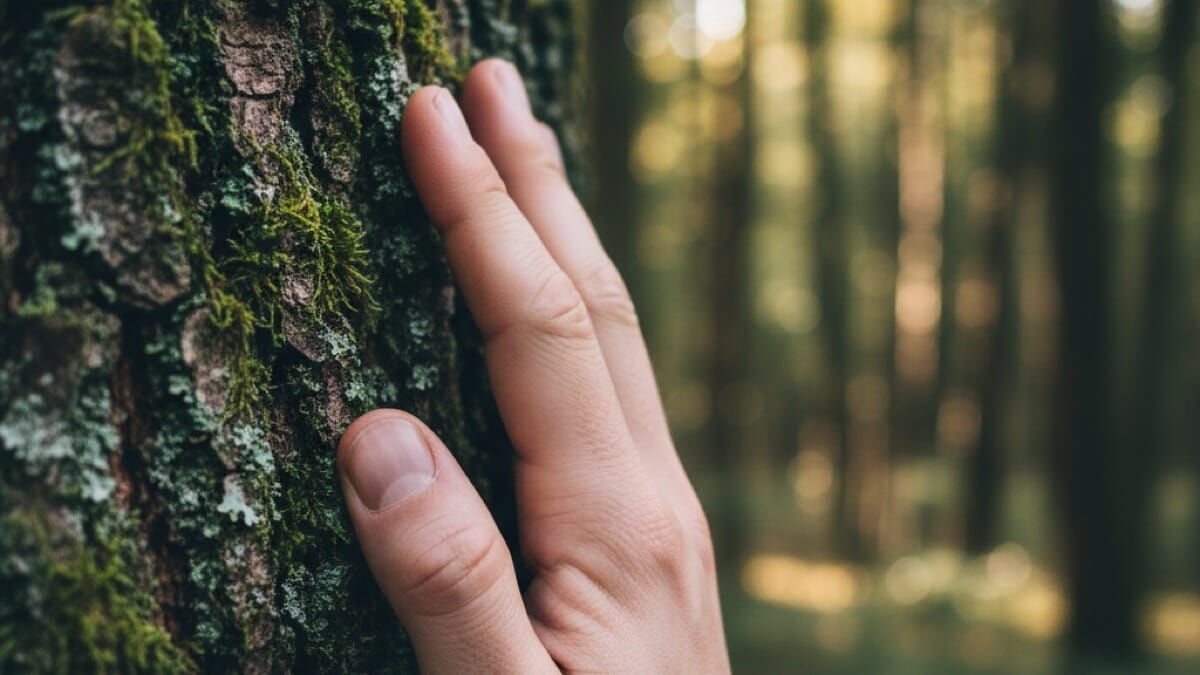
From Instructing to Being: The Key to True Nature Connection
Many of us accompany children into the forest. We know the games and the craft ideas. But we unfold our deepest impact not through what we do, but through what we are.
You cannot learn an authentic nature connection from a book. You can only live it.
Only when you are nourished and connected yourself can you pass on this connection. Only when you know the stillness within you can you lead others there.
Pedagogy in the green then no longer becomes an "outdoor program." It becomes a living culture of relationship. One that strengthens everyone – including you.
Read also
Plan less, experience more: Why your forest day gets better with less agenda – Why the perfectly planned forest day often prevents what's most important. Learn how to enable real nature experiences for children through conscious stepping back.
The Whisper of Everyday Life: You Don't Have Time for That!
Maybe you're reading all this and a quiet, very familiar voice in your head whispers:
"A nice idea, but when am I supposed to do that?"
I know this voice all too well. It's the voice of the hamster wheel, which keeps us trapped in acceleration and convinces us that self-care is a luxury we have to earn.
But I want to invite you to see it differently: The five minutes you take for yourself in nature are not another item on your to-do list.
They are a small act of rebellion.
A conscious decision to step out of autopilot and reconnect with what really matters. It's not about finding time, but about consciously taking it.
Your Path to the Source of Strength: Two Simple Exercises to Start
You don't have to give up your apartment right away. True nature connection arises from small, consistent rituals. Here are two simple exercises you can start with immediately.
Exercise 1: The Five-Minute Sit Spot – Your Anchor in Everyday Life
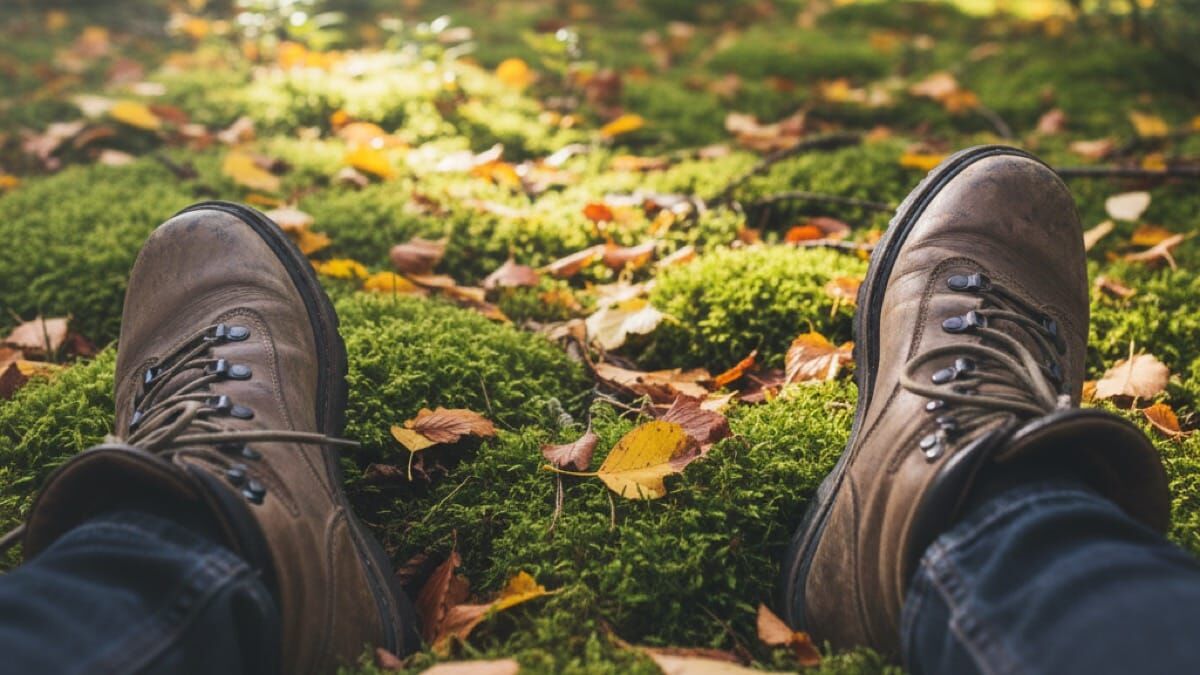
The Goal: To establish a fixed anchor point in nature that grounds you and sharpens your perception.
-
Find your spot: Look for a place in nature that is easily accessible for you. This could be a park bench, a tree in your garden, or a quiet corner in the forest. The only important thing is that you feel undisturbed there.
-
Sit down. For five minutes. Consciously take a seat. Feel the ground beneath you. Don't set up your phone, don't read a book. Just be there.
-
Open your senses: What do you hear? Start with the loudest sounds and then listen more and more finely. What do you hear in the far distance? What very close by? What do you smell? What do you feel on your skin?
-
Observe without judging: Perceive everything that is happening around you without naming or analyzing it. Watch the clouds, the beetle on the ground, the play of light and shadow.
The Effect: If you visit this place regularly, it will become your personal power spot. You will notice how your perception changes and how just five minutes of stillness are enough to realign your inner compass. (Read more about the "Sit Spot" here)
Exercise 2: The Pocket Collection – The World in Your Hand
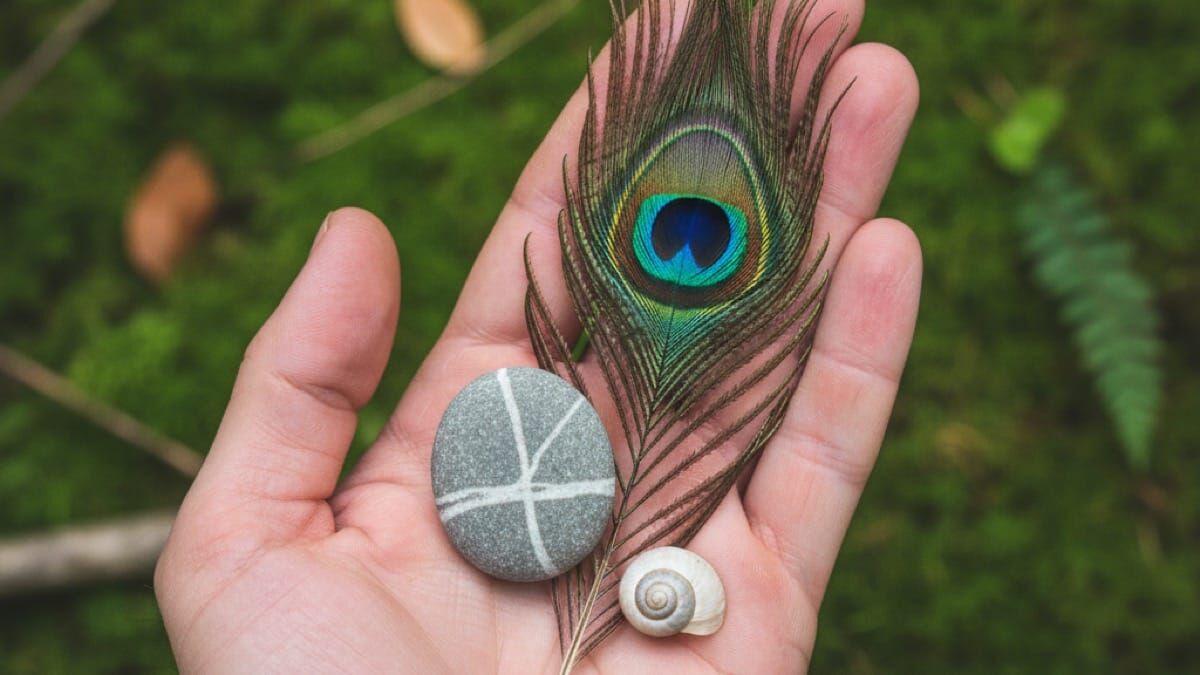
The Goal: To open your eyes to the small wonders along the wayside and to rediscover a child's curiosity.
-
Set an intention: Go outside with the intention of finding a single, small nature treasure that speaks to you today. It's not about finding something "special".
-
Let yourself be found: Walk slowly and without a fixed destination. Direct your gaze to the ground, to tree bark, to what is otherwise overlooked. Let yourself be drawn by a shape, a color, or a texture.
-
Take your treasure with you: It could be a specially shaped stone, an empty snail shell, a feather, a piece of moss, or an interesting piece of bark. Take only this one object with you.
-
Give it a place: At home, place your find on your desk or in a place where you will see it during the day. Look at it again and again for a brief moment. Feel its surface, its weight, its story.
The Effect: This exercise breaks the routine of "functioning." It trains your mindfulness muscle and reminds you that the world is full of small, quiet wonders – you just have to look. It connects you with the childlike joy of discovery.
Start with the exercise that appeals to you more. The first step is often the most important. It is a decision for yourself. A decision to refill your own source of strength, so that you can continue to be there for others – from fullness, not from emptiness.
PS: If you don't want to walk this path alone…
If you feel this call for more connection growing loud within you, and you wish for a proven path, then take a look at the annual program from Wildimpuls.
It's not another course that only imparts knowledge. It's a compass for your journey.
For 52 weeks, we accompany you with impulses that not only fill your methodological toolkit, but above all, your source of strength. So that you don't burn out, but rediscover your contagious aliveness.

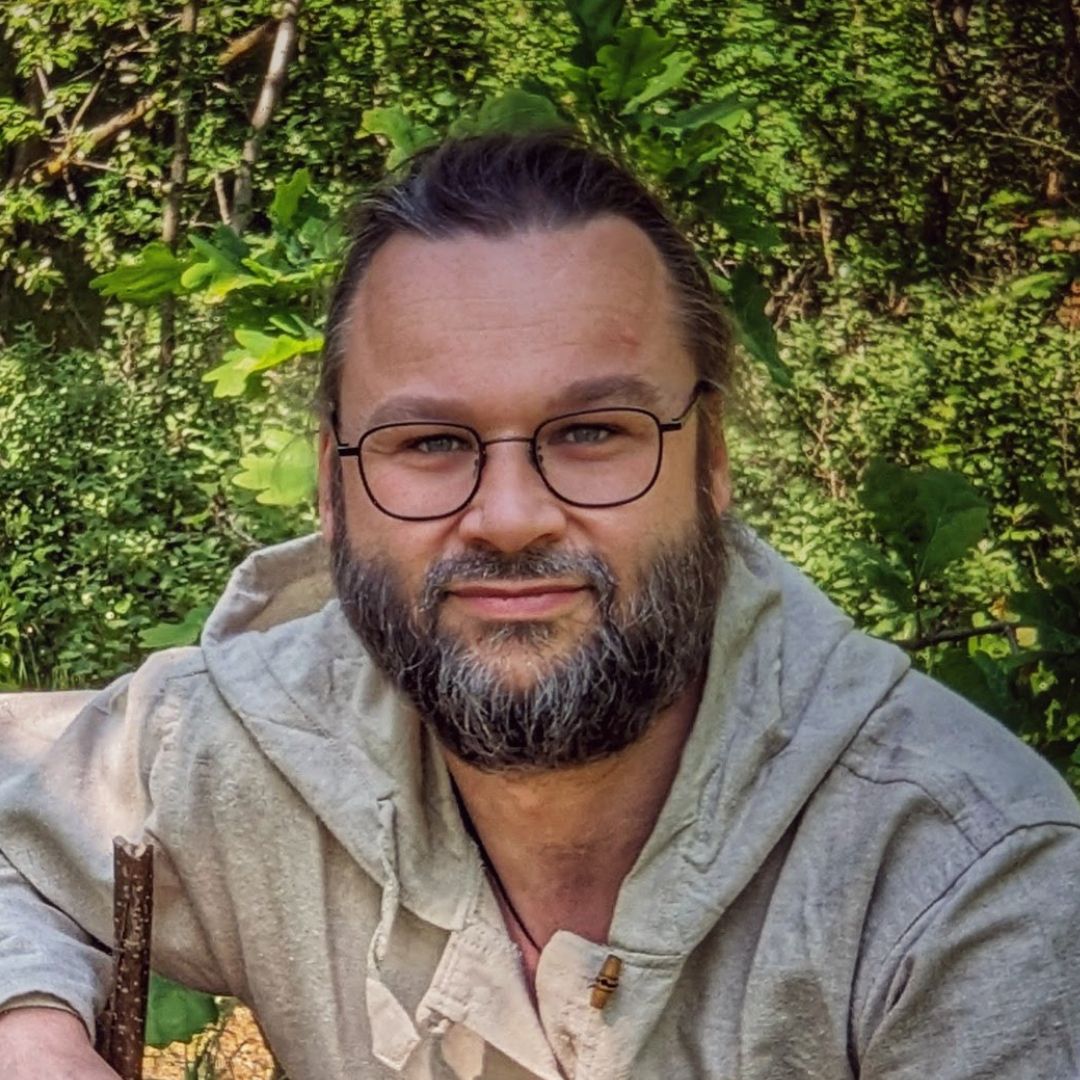
Author of the guide
Martin Gebhardt
Hey, I'm Martin. On my blog, you will learn the basics and numerous details about living in the wild. I think survival, bushcraft and the good life in nature are the keys to happiness. Find me here on Instagram or on YouTube. You can find more about my mission on the About Me page.
Was this guide helpful?
13 people found this guide helpful.
5.00 out of 5 points (13 Ratings)
Comments (0)
This post may contain affiliate links. So if you click on the links and make a purchase, I will receive a small commission at no additional cost to you. Click here, to learn more about it.


